Torso
Remove the head and limbs from the body, and what is left is “torso.”
The torso is divided into its two major components by the diaphragm, the dome-shaped horizontal muscle that lies between thorax (chest), and abdomen.
The thorax contains the essential organs of circulation (heart) and breathing (lungs). The abdomen contains the essential organs of nutrition (stomach, gut, liver), the organs of excretion (kidney and bladder), and in its pelvic cavity in the female, the organ of birth (uterus).
The torso is given stability by the vertebral column with 12 thoracic vertebrae and 5 lumbar vertebrae, which become thicker and heavier in descending order. The organs of the thorax are protected by the 12 paired ribs.
At the back of the torso is a complicated system of muscles which extend (straighten) the spine to maintain the erect position; at the front of the torso the abdominal muscles protect the abdominal contents and act as flexors (bend) the spine.
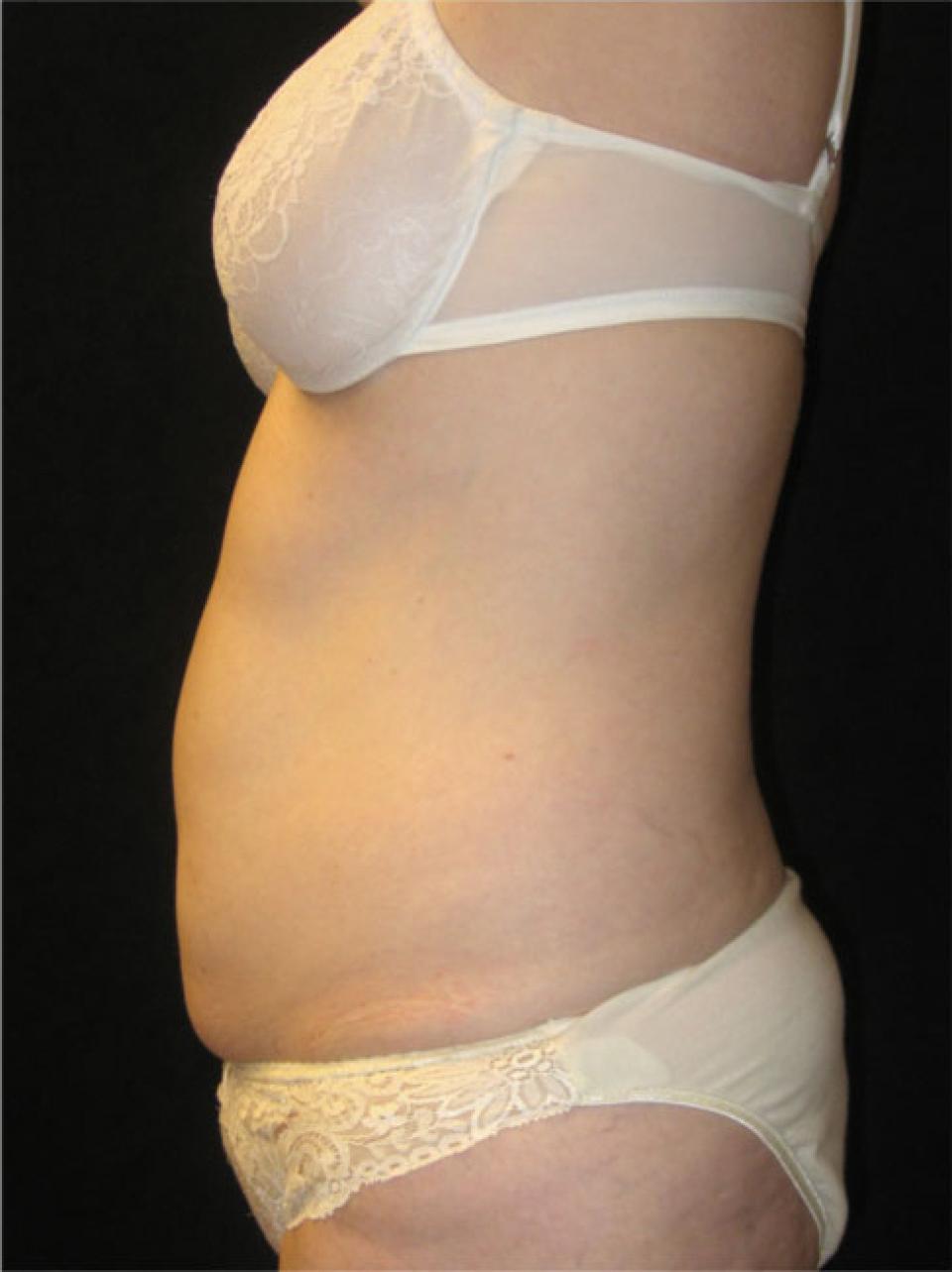 before
before
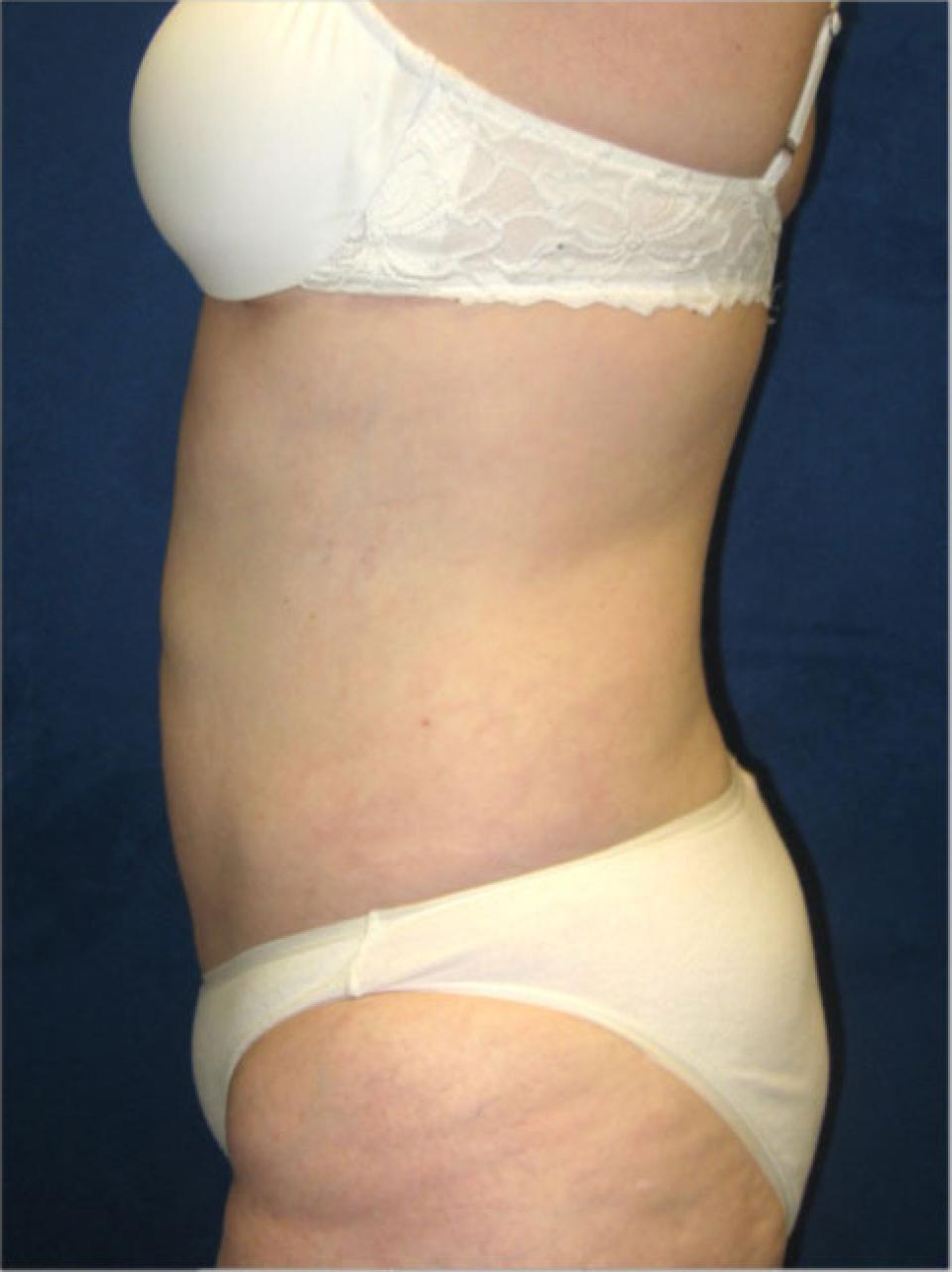 after
after
This case depicts a 41 year old woman who had borne one child via c-section. Because her skin had remained relatively undamaged by the distensing effects of pregnancy, she elected to undergo abdominal recontouring by liposuction, A previous pregnancy does not indicate that an individual is not a candidate for liposuction of the abdomen.
In some instances, both liposuction and an abdominoplasty may be possible. Each has different pros and cons, which must be discussed prior to selecting the appropriate method. The post-operative photographs depict this woman's appearance approximately 3 months after surgery.
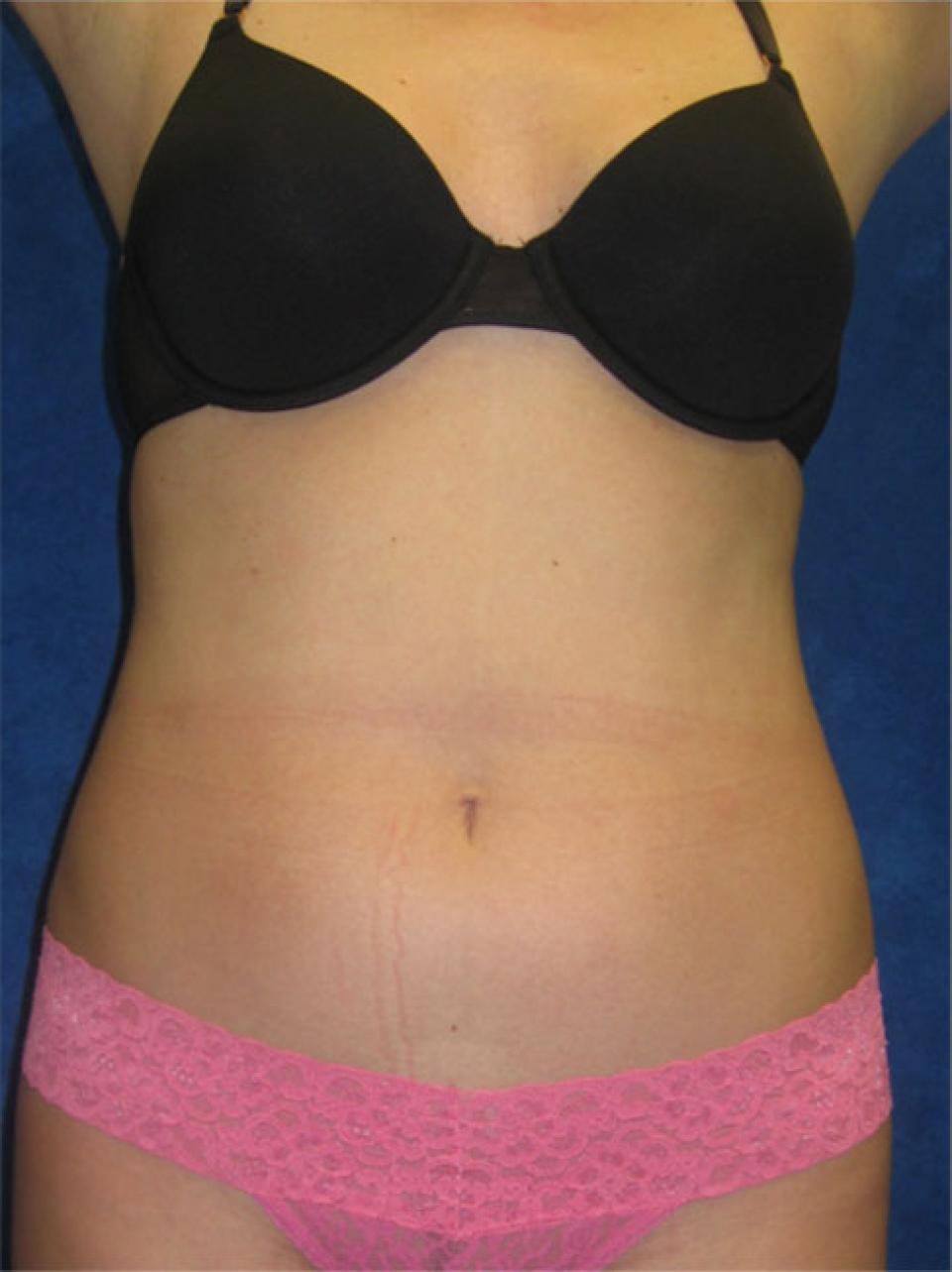 before
before
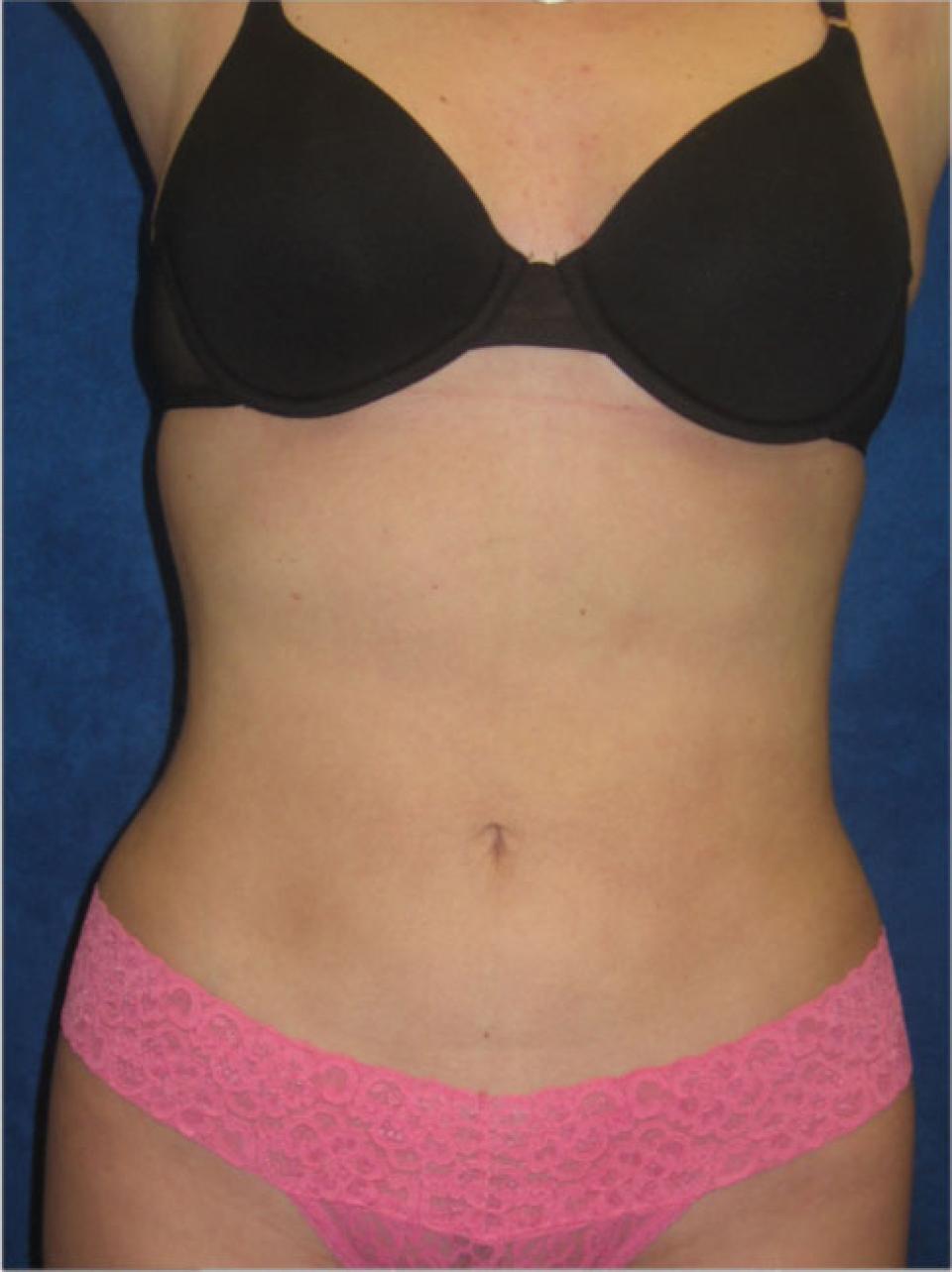 after
after
This case depicts a 33 year old woman who was fit, slender and had never been pregnant. She had, however, a genetic tendency to accumulate fat in the mid-body- front and back. Because she had excellent skin tone and skin elasticity, this type of individual was the optimal candidate for liposuction.
Once the excess fat is removed from beneath the skin, the skin will shrink down and hug the new body contour without any sagging. The incisions required for this type of body contouring are a few millimeters in length. Notice the significant change in this woman's body shape to a desirable "hourglass".
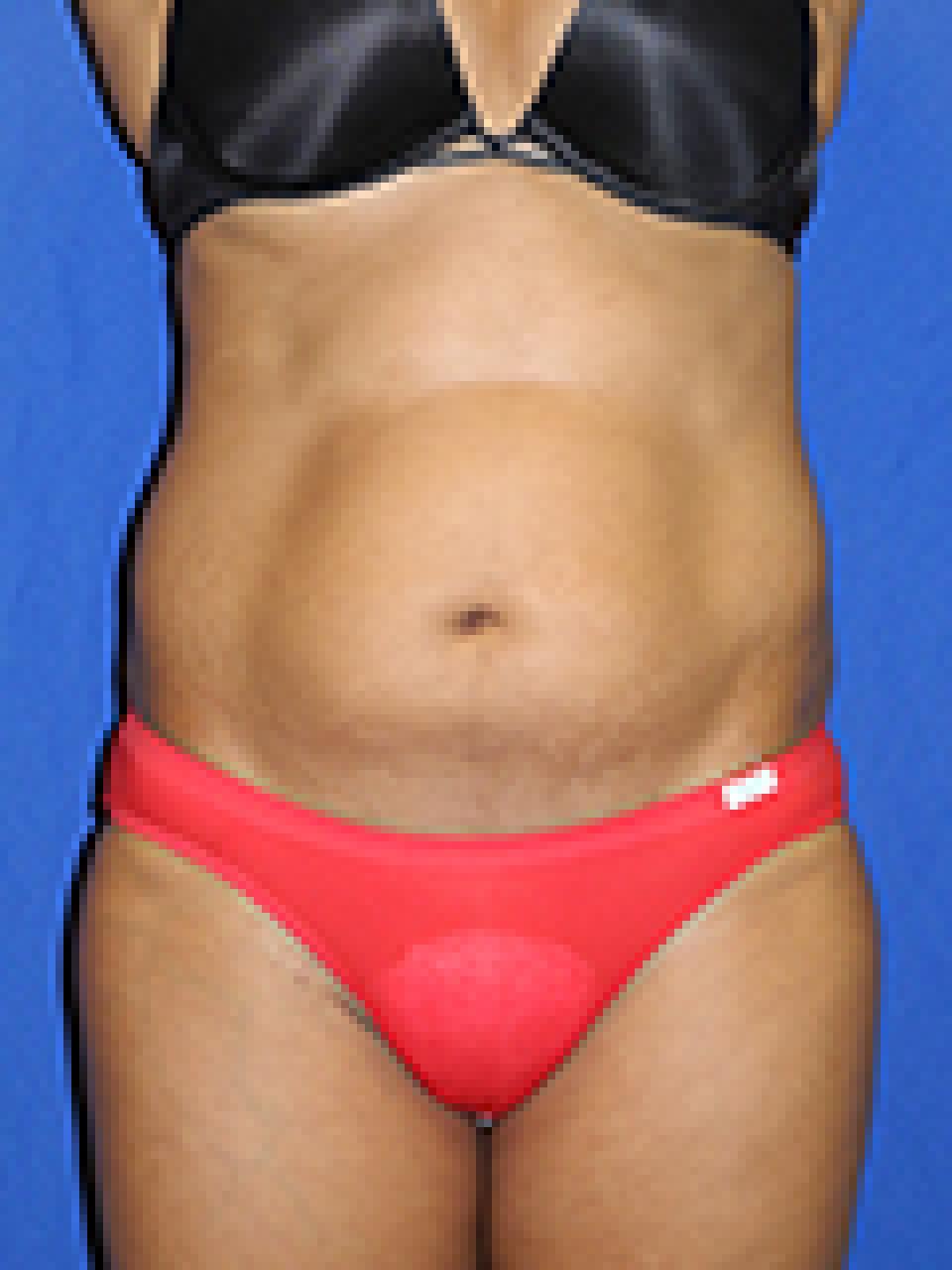 before
before
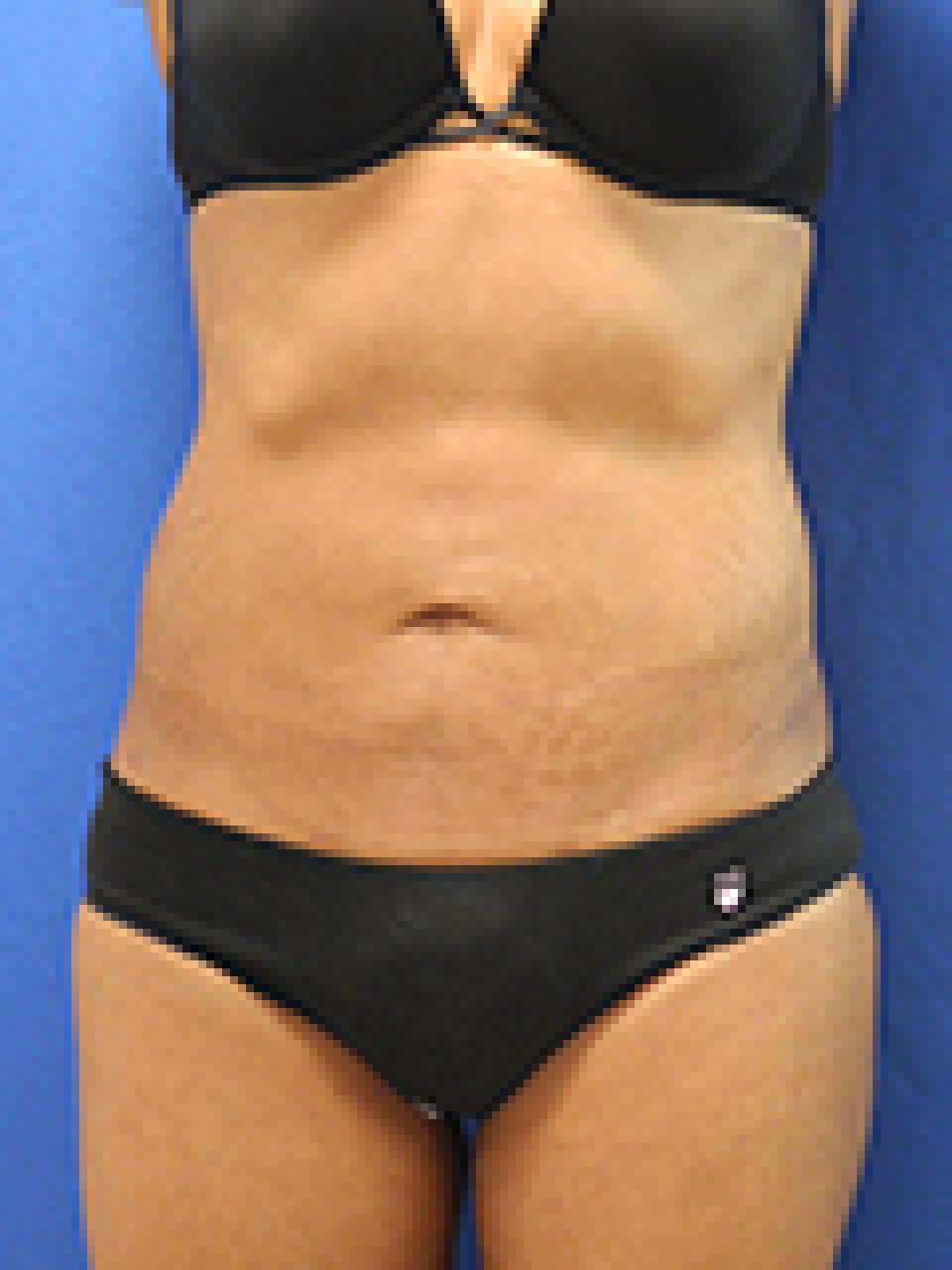 after
after
This is a 32 year old woman with a BMI of 24 who underwent mid-body liposuction using ultrasound assisted liposuction. She had borne one child and had a few stretch marks over her anterior abdomen. Typically, such patients are better candidates for an abdominoplasty, but this woman's skin elasticity was fairly intact and her abominal wall muscles had not been overly stretched by the pregnancy either. She very much wished to avoid any scarring over her abdomen. She and I were both willing to accept a minor amount of skin looseness and so after much discussion, I proceeded with ultrasound assisted liposuction of her entire trunk, front and back.
Her result shows a significant improvement with which she is quite pleased. Other individuals who wished to have "tight" skin would achieve an exceptional result with a lipoabdominoplasty, which would entail an 10 to 12 inch long scar in the lower abdomen.
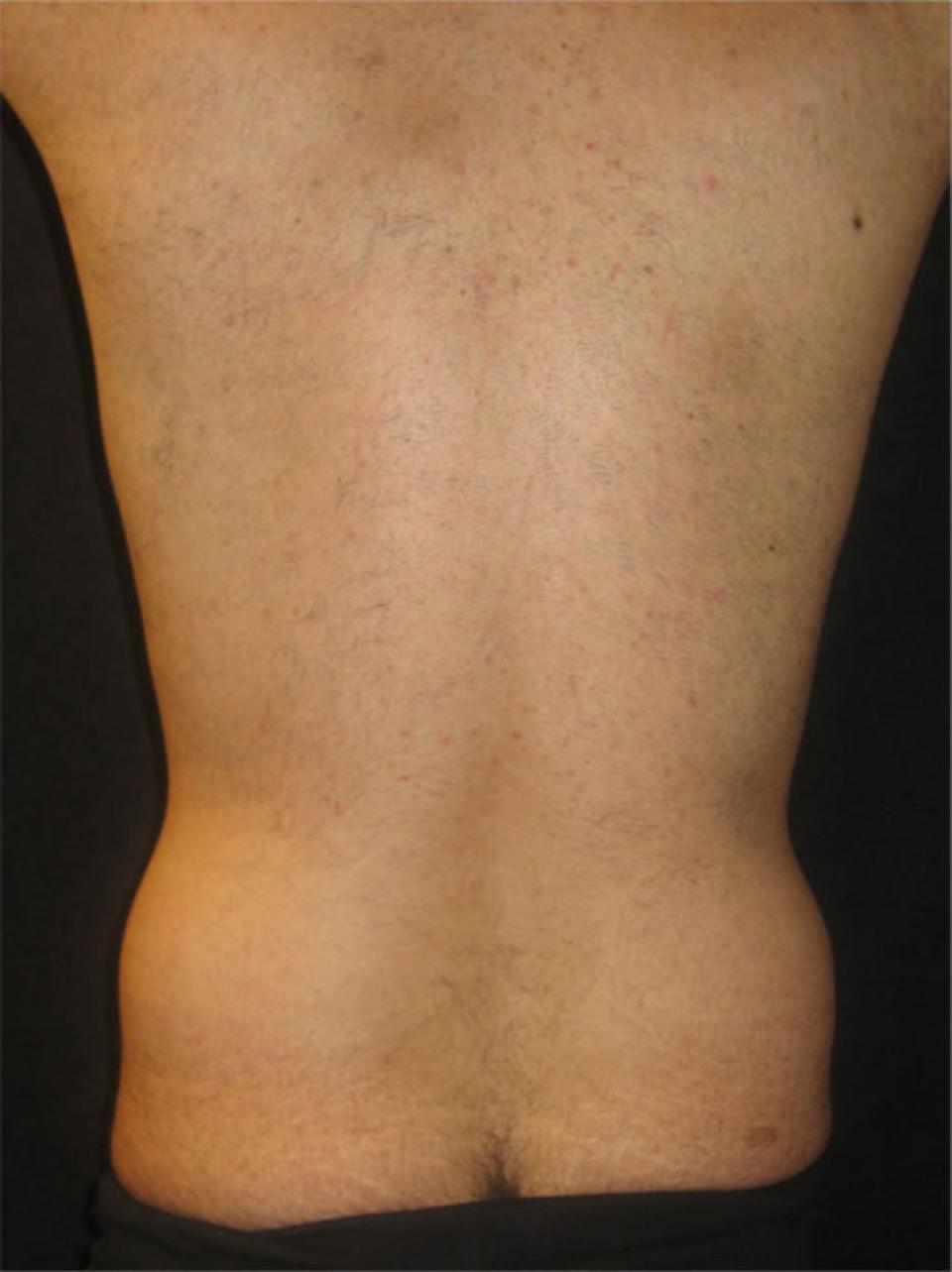 before
before
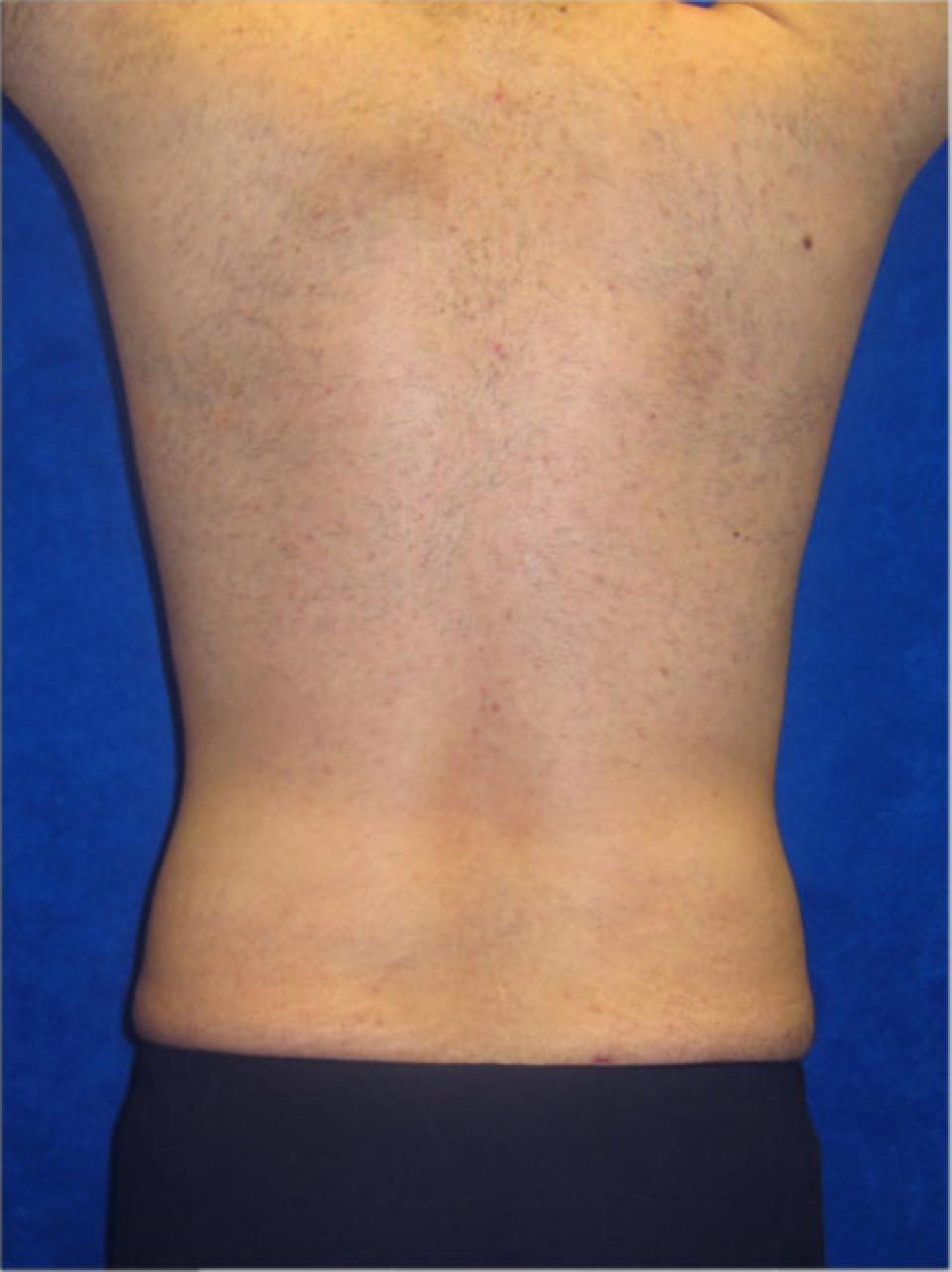 after
after
This case depicts a 34 year old man who was concerned with the appearance of excess fat above his buttocks.
In both men and women, this area is sometimes referred to as "the love handles," and it is especially responsive to liposuction. I tend to use ultrasound assisted liposuction in this area because it allows me to remove fat more evenly and more thoroughly. The incisions are easy to hide in most swimwear and the results can have a profound effect upon the male physique.
The post-operative photographs depict this man's appearance approximately six weeks after surgery.
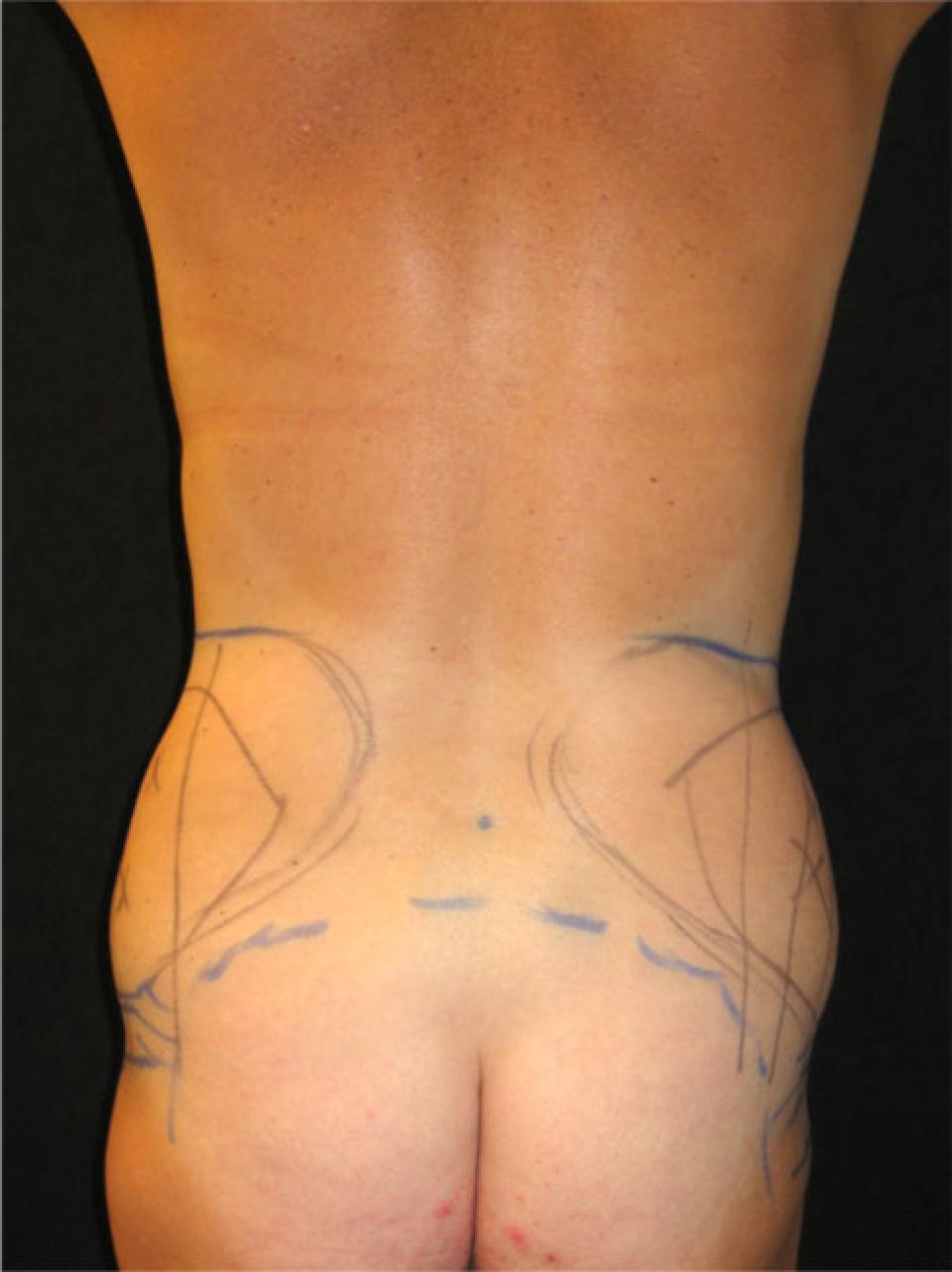 before
before
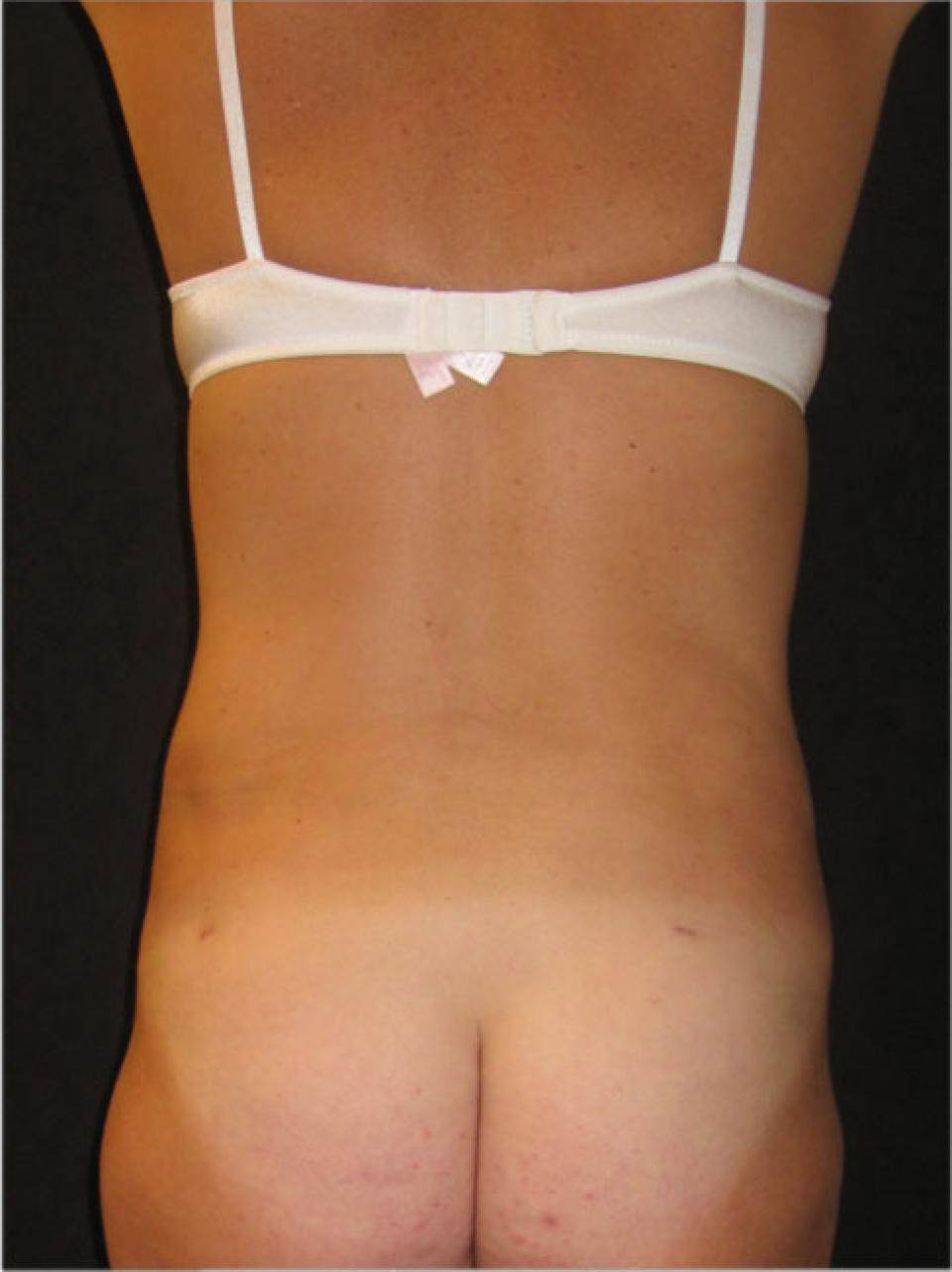 after
after
This case depicts a 45 year old woman who had concerns with excess fat above the buttocks.
This area was deeply out of proportion with the rest of her trunk and negatively affected the way that her clothing fit. In both men and women, this area is often referred to as the "love handles."
Ultrasound-assisted liposuction was utilized to harmonize the appearance of the lower back with that of the remainder of her torso. The post-operative photographs depict this woman's appearance approximately three months after surgery.
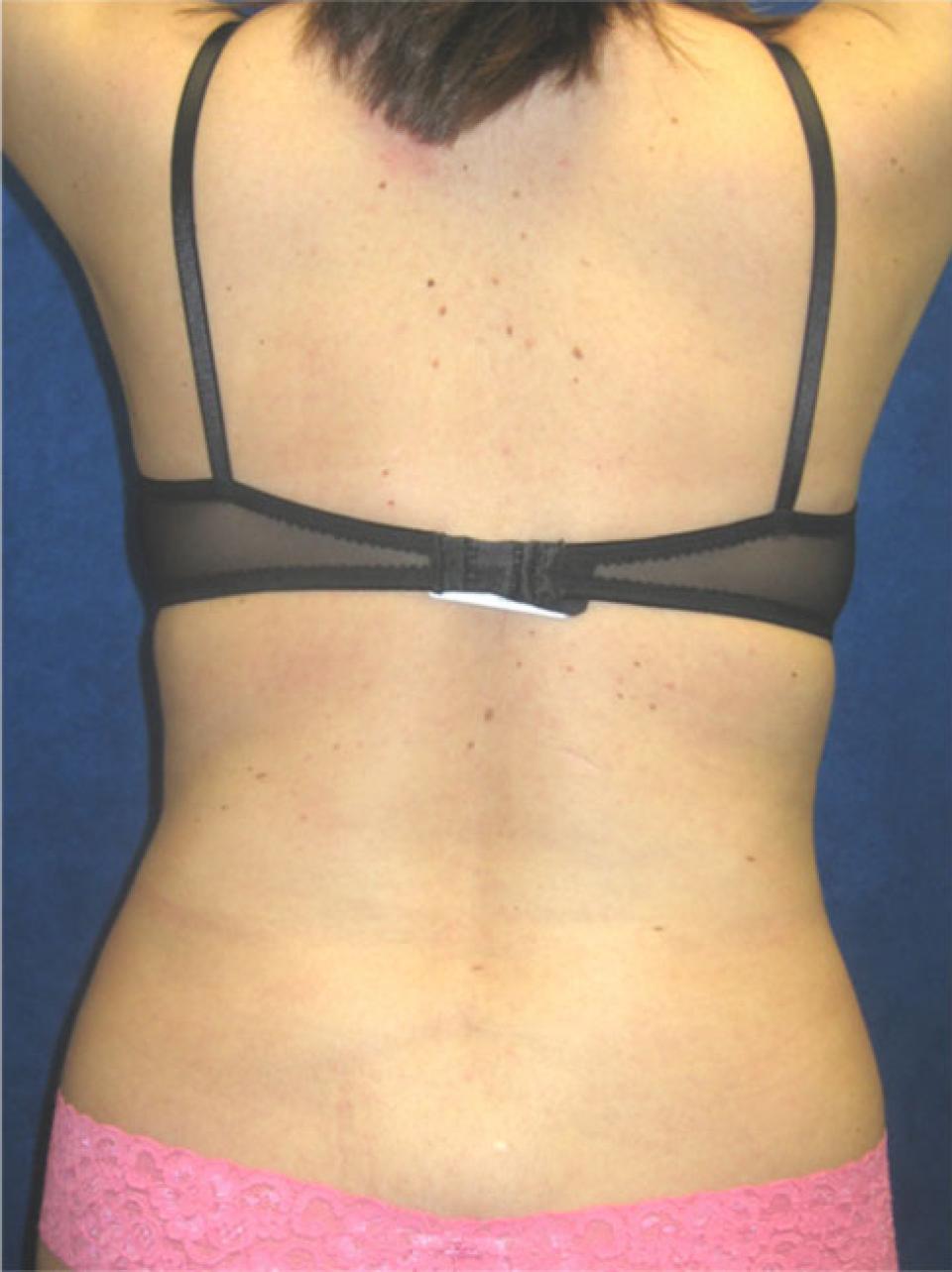 before
before
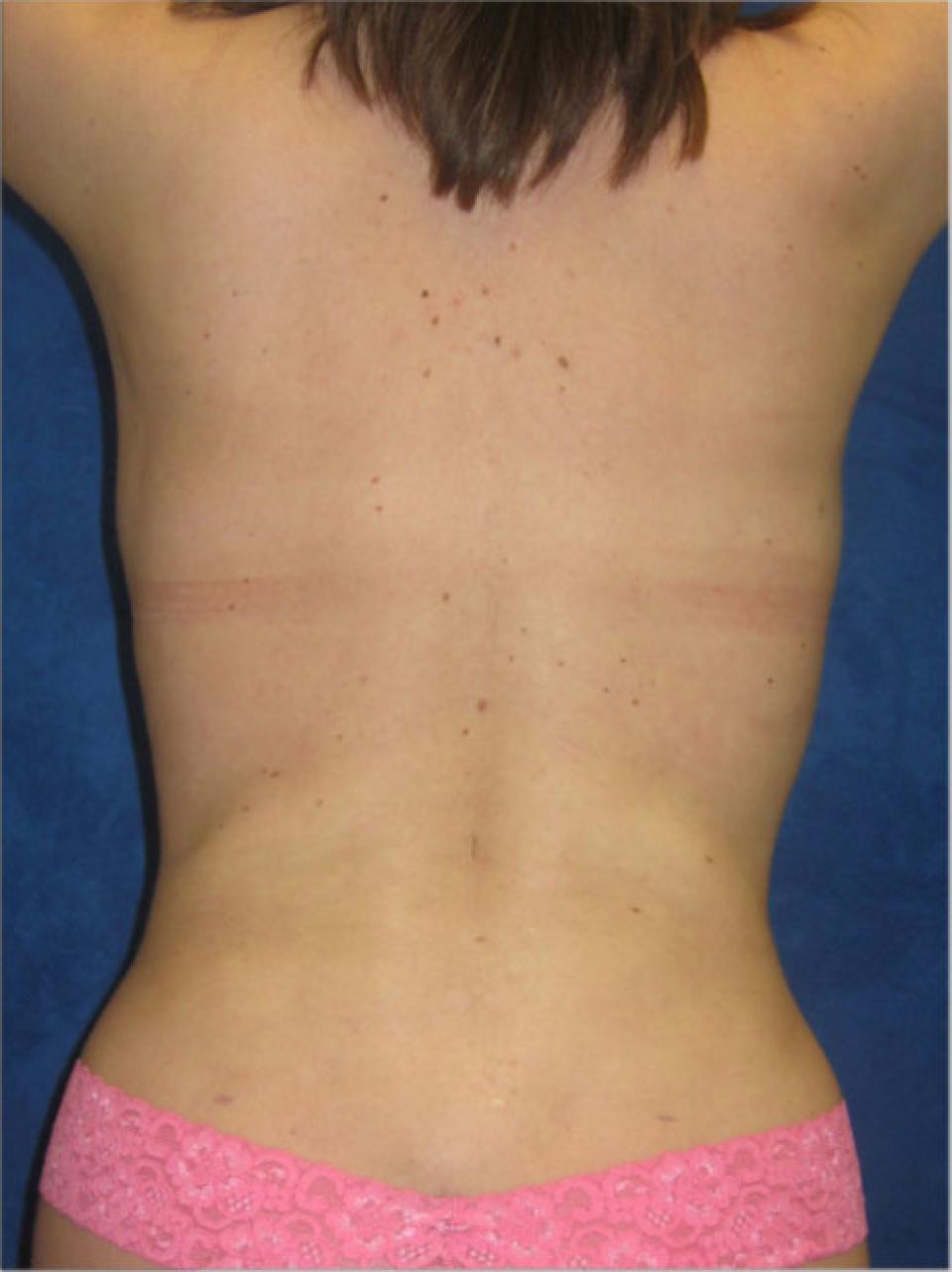 after
after
This case depicts a 33 year old woman who had concerns with excess fat above the buttocks, around the waist in the back and around the bra area. Liposuction in the back has been greatly facilitated in my practice with the advent of ultrasound assisted liposuction.
This specialized method of liposuction uses ultrasonic energy to break up fat cells so that they may be removed more thoroughly and more evenlly.
I use this method of liposuction in the back and in other areas of the body where removal of fat with traditional liposuction is more difficult. The post-operative photographs depict this woman's appearance approximately three months after surgery.
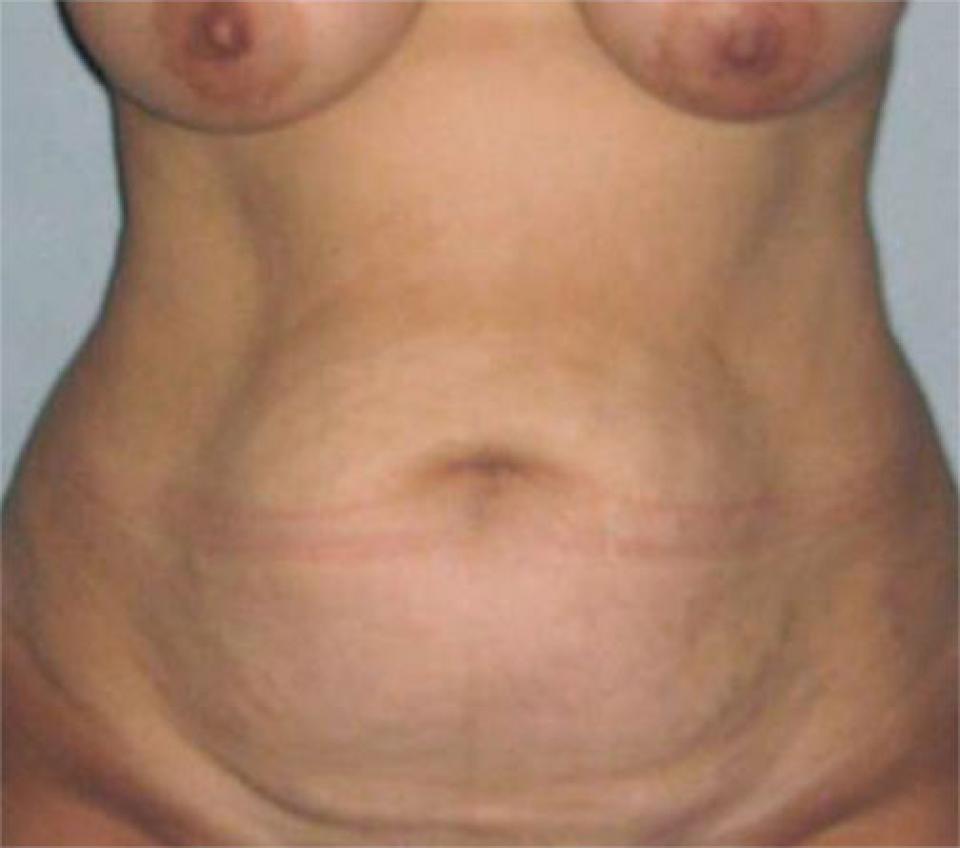 before
before
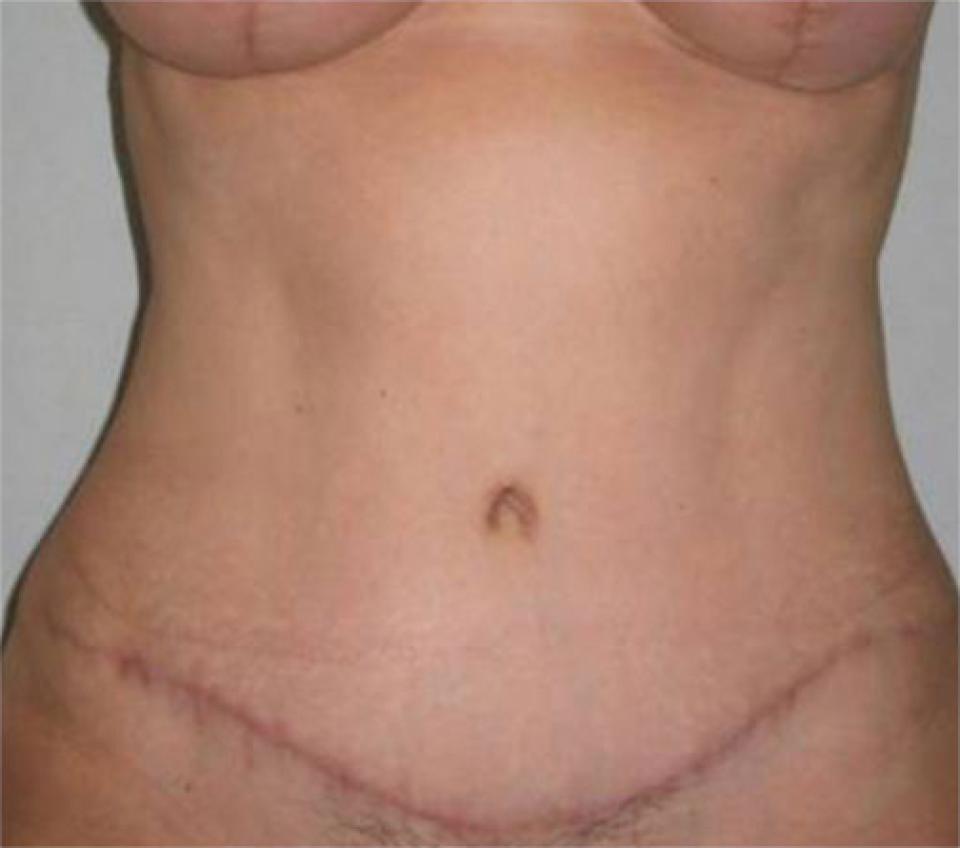 after
after
This case depicts a 51 year old woman who was delivered of two children by c-section. Both her abdominal skin and abdominal wall had been stretched during her pregnancy, giving her abdomen a less taught appearance. These post-partum changes are not typically response to diet or exercise.
Although abdominoplasty incisions can vary in length, a portion can be placed within an existing transverse c-section scar. Often, the entire incision is relatively easy to hide, even when wearing a two piece swimsuit. The post-operative photographs depict this woman's appearance approximately one year after surgery.
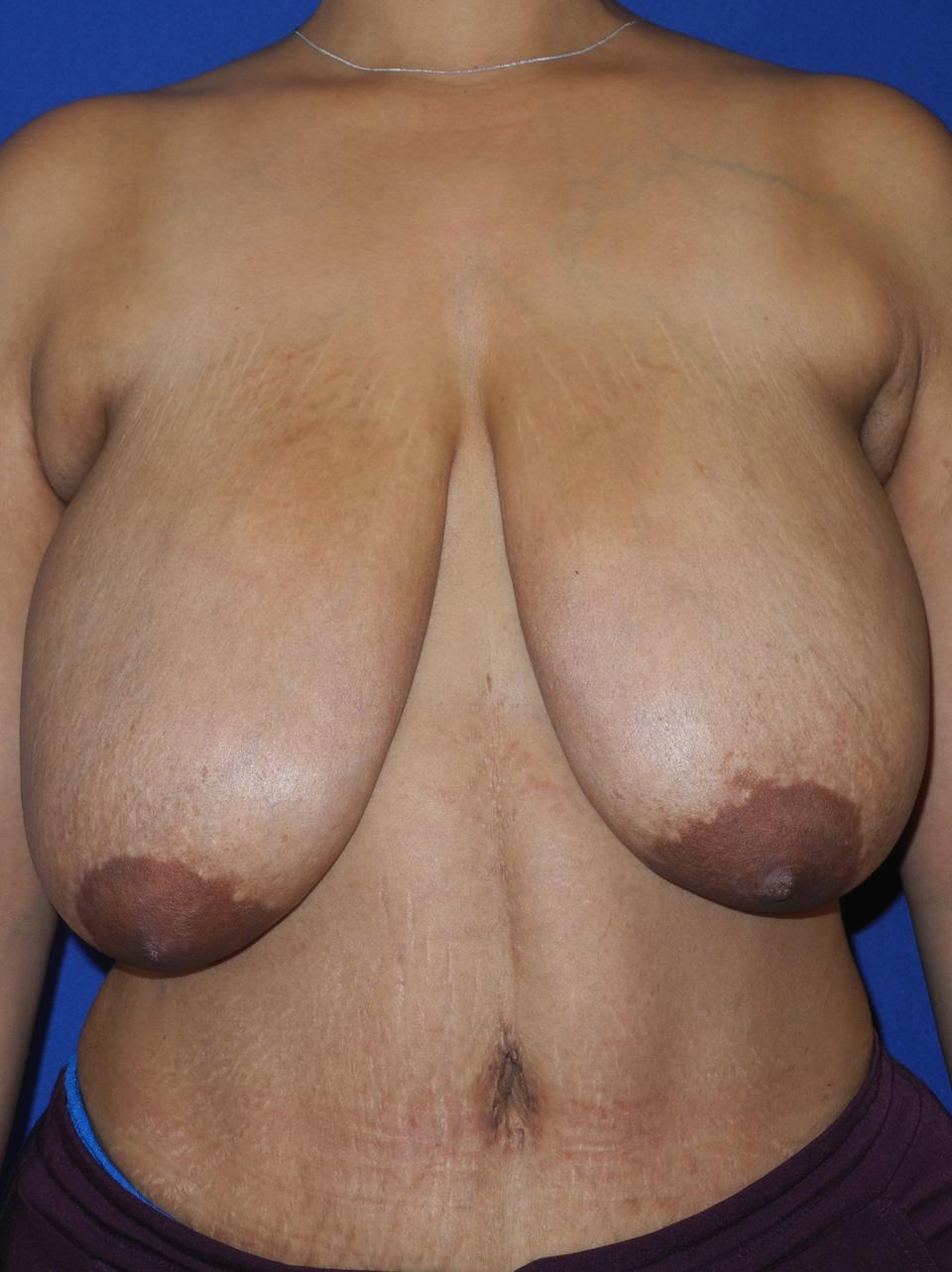 before
before
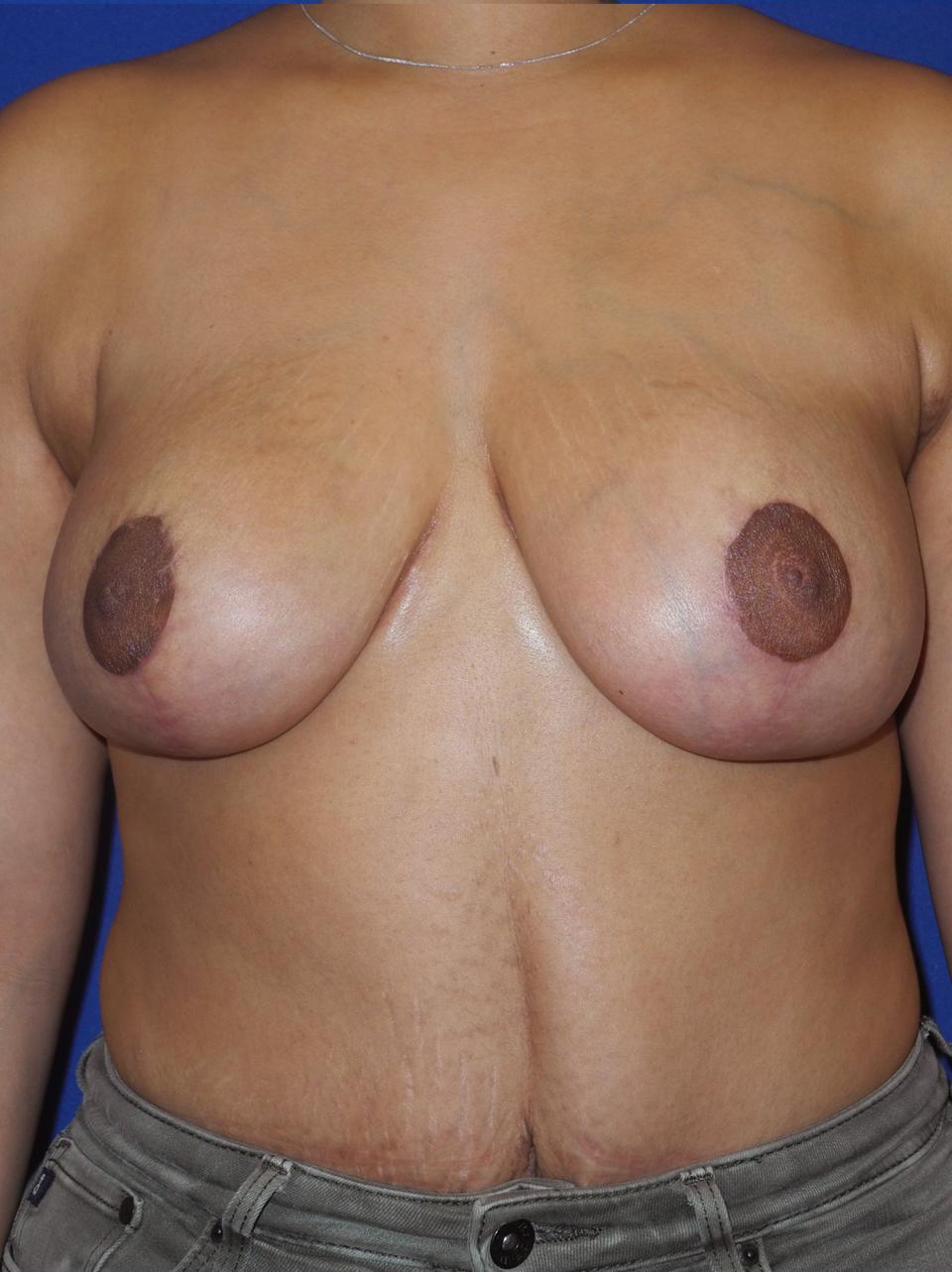 after
after
This individual underwent a breast reduction in which almost two and a half pounds of weight was removed from the breasts. The breasts are shortened in length and lifted to give a rounder appearance. This photograph was taken at approximately four months following surgery. Liposuction of the tissue that lies between the upper outer quadrant of the breast and the upper arm can create a smoother transition between the breast and the arm and improve the fit of certain types of clothing.
In this case, an additional incision was made to remove skin from the tissue that lies between the upper outer quadrant of the breast and the upper arm on the individual’s left side. Only liposuction was performed on the individual’s right side.
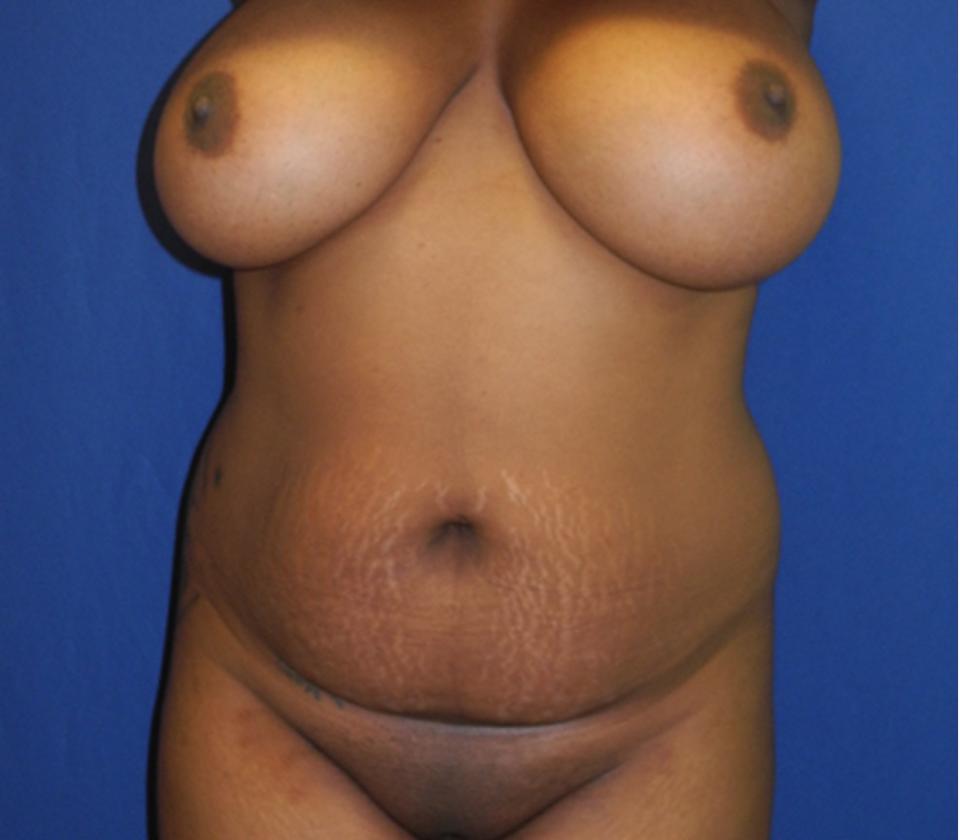 before
before
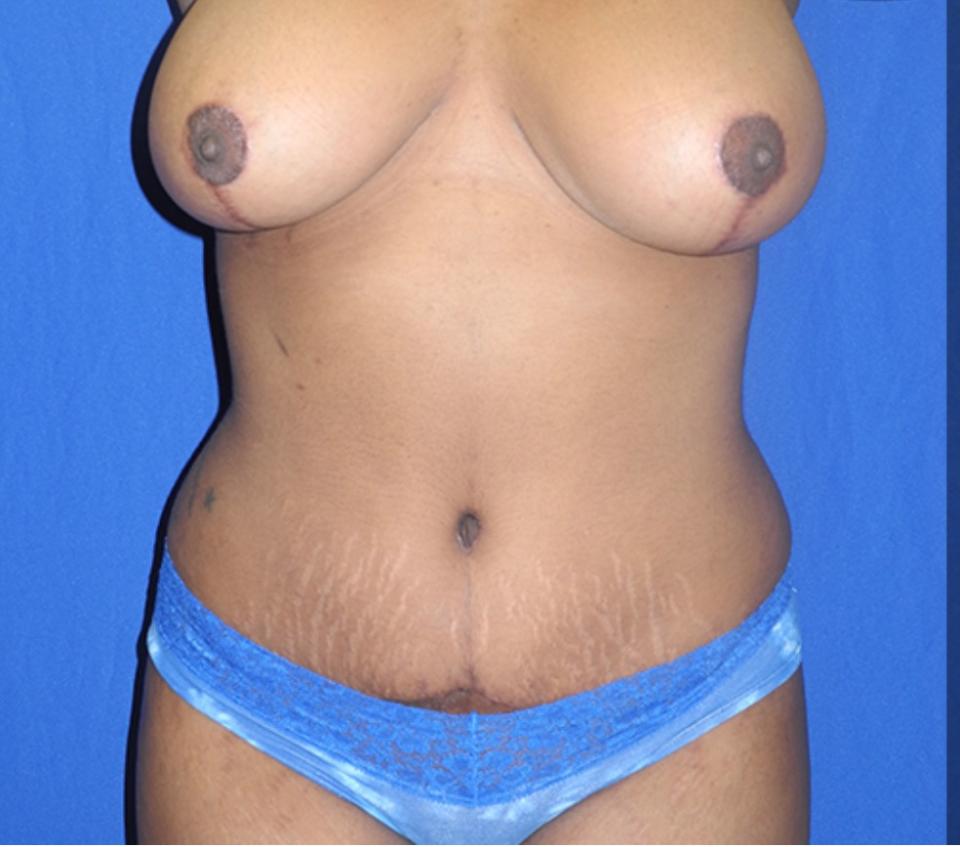 after
after
This 25 year old woman with a preoperative BMI of 31.8 underwent abdominoplasty along with circumferential liposuction. This procedure treats the trunk or mid-section of the body as one unit all the way around. I believe that this method results in a more harmonious result than treating just the front with an abdominoplasty or just the back with liposuction.
In my practice, I tend to use ultrasound assisted liposuction to perform liposuction of the back, because I feel that in my hands, this technique allows me to remove more fat, more thoroughly than other forms of liposuction.
I try to keep the lower abdominal scar low enough such that it is not difficult to find a number of swimsuit choices will cover it without difficulty and also as short as possible- usually less than 12 inches in length.